Padua College Go Green With Solar Panels
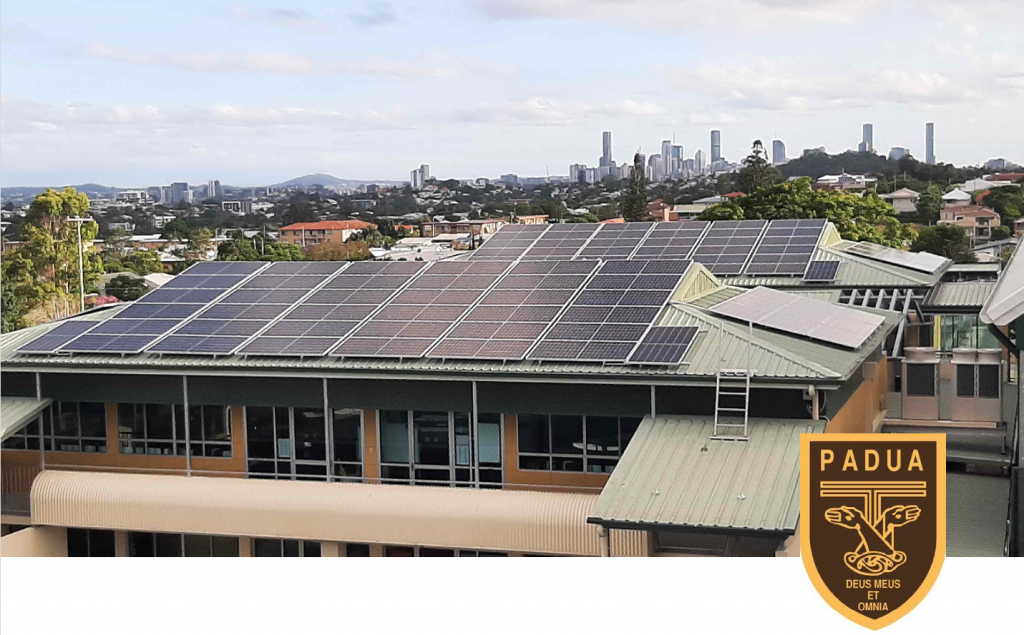
In 2020, Padua College in Brisbane went solar with a large array of solar panels installed by GI Energy.
Padua College is an independent day school for boys from years 5 to 12, located in Kedron, Brisbane. Padua College opened in 1956 when the Franciscan Friars who ran the Kedron Parish responded to a request to open a local school for boys. The Franciscan Sisters who cared for the parish primary school (St Anthony’s) were no longer able to care for the large number of boys at the school and Sister Mary Bernadette O’Callaghan O.S.F. called on the Friars to open a separate school for boys. Since 1956, the College population has grown significantly, from just a handful of boys to a total cohort of 1,400 students.
The College is regarded as one of the most prestigious education facilities in Australia and its campus is proudly part of Brisbane’s history. There are three major electricity accounts associated with the college and another associated with the church on site. As the college population has grown, so has the energy demand with C02 emissions and cost rising every year.
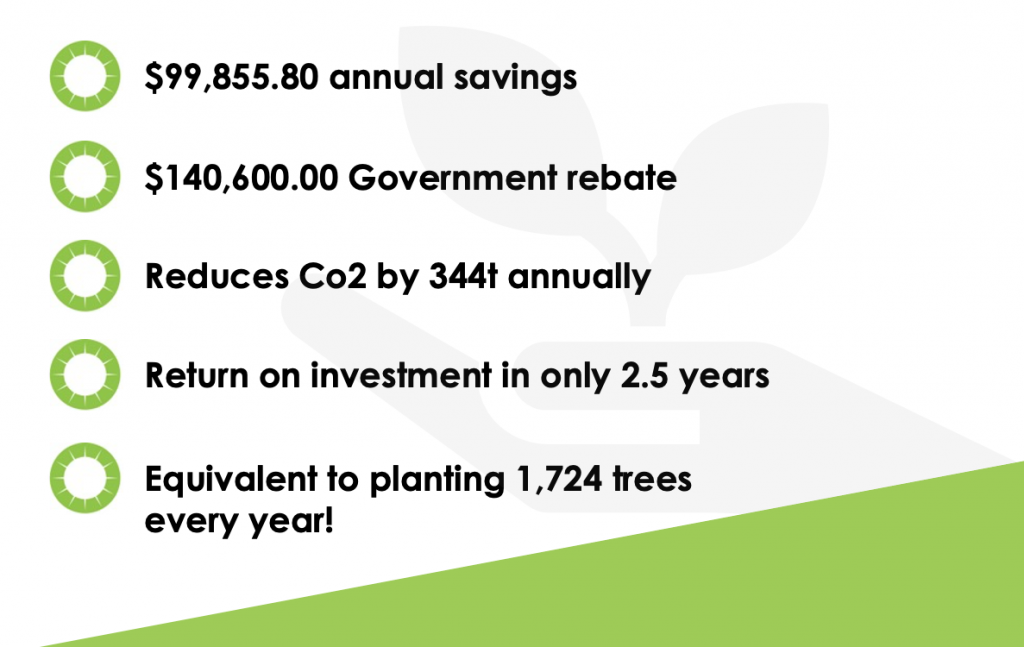
Padua College Solar Project
GI Energy first met with Padua College in August 2020 and discussed the challenges and desired outcomes for this project. The college were looking for a cost effective way to reduce energy bills and improve the carbon footprint on campus. There were two smaller solar arrays already on site that unfortunately were not effective and another newer, larger array already in place which was working well. On the energy retailing side, there were some fees and charges that were pretty high for the region. Padua College were discussing their options with various companies at this stage and seeking proposals for the energy reduction project.
The team at GI Energy delivered a proposal that showed how costs could be reduced by just under $100,000 per year which will provide a return on investment in just 2.5 years. The overall solar array on site will produce approximately 460,000 kWhs of clean energy per annum, which is the equivalent to powering 63 homes every day! There was also a $140,600 Government rebate available which GI Energy organise and process on behalf of the college. The proposal showed how after completion there will be three 100kW systems installed across three of the four energy accounts on site. The fourth account is looked after by the church so was not part of this proposal. Additionally, GI Energy detailed how they could tender the energy accounts to reduce meter costs, kWh charges and other associated fees and charges.
In October 2020, Padua College engaged GI Energy to complete the project as outlined in our proposal documents. Work began on site in December 2020 when the school holidays in QLD started.
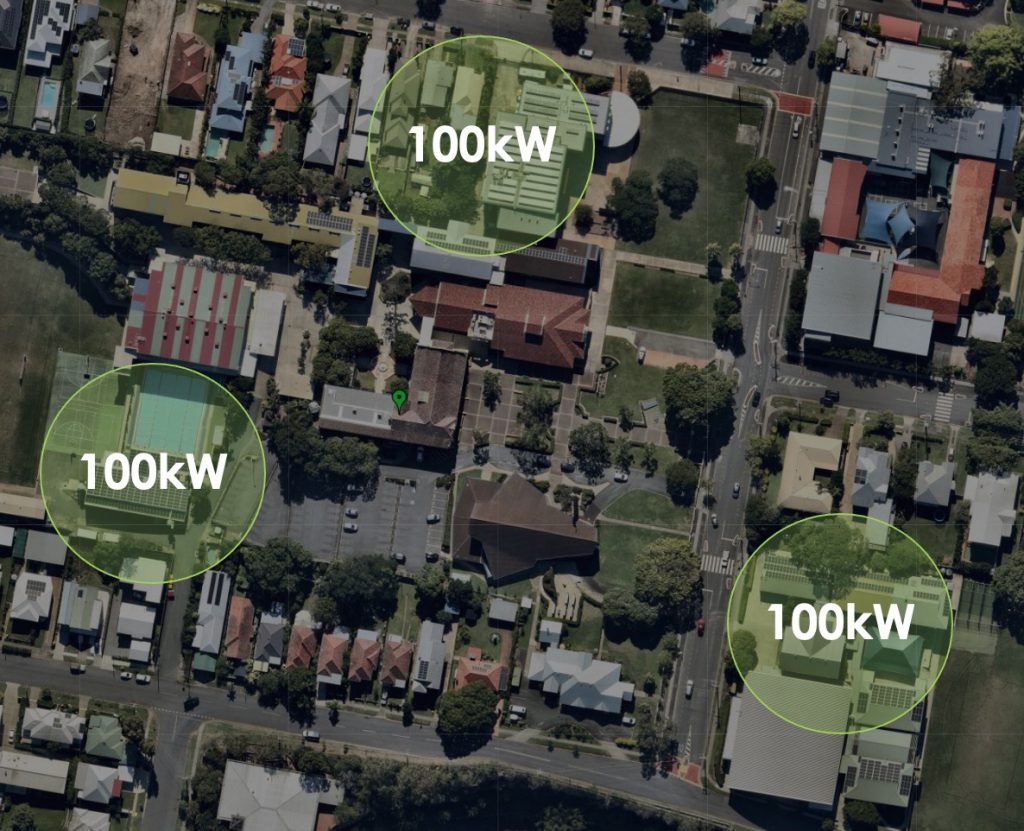
Equipment used
Due to some of the roof areas being exposed to shading, we designed the system using Solaredge inverters with power optimisers. This means that the solar panels of Padua College can operate individually rather than in string configuration, which increases tolerance to shade and other debris.
String inverters work like this:
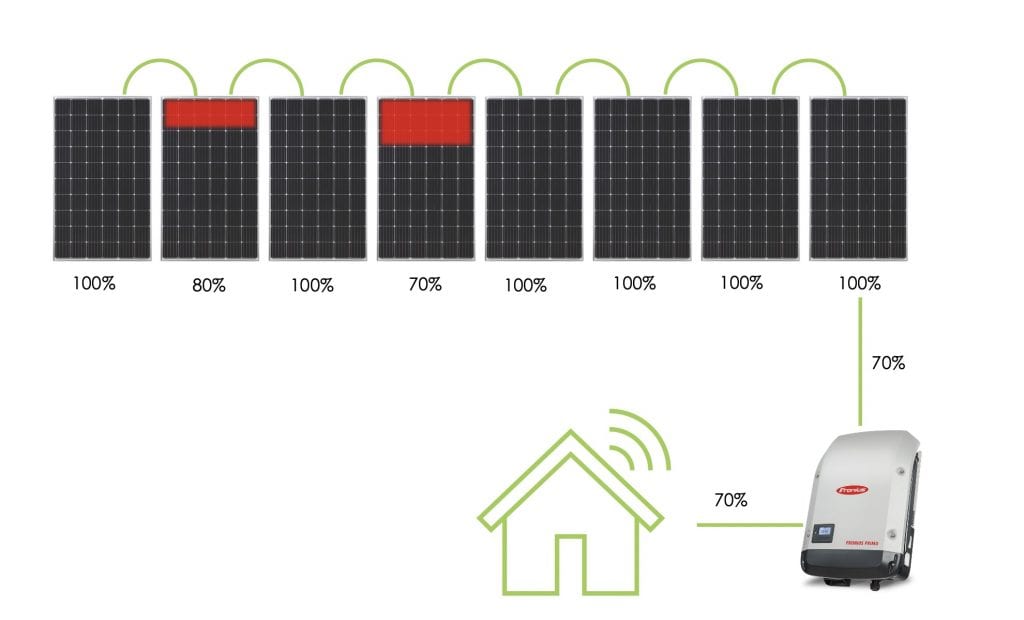
Power optimisers work like this:

We used 440w Canadian Solar HiKu High power mono PERC modules across all three sites. These solar panels have a module efficiency of 19.9% and have a 25-year linear power output warranty as well as a 12 year product warranty. High quality anodised aluminium roof racking manufactured by Australian owned company Clenergy was used to mount the panels to the roofs.
Monitoring and results
The solar panels of Padua College were installed using Solaredge technology, so we are able to monitor every single solar panel installed, rather than just whole arrays. The overall monitoring of the site will show us how much solar energy is being produced, how much energy is being consumed and how much reduction there is on site. It will then translate this data into useful facts like Kgs of Co2 emissions saved, equivalence to trees planted, dollars saved, and will also enable us to download reports and keep a close eye on the solar performance.
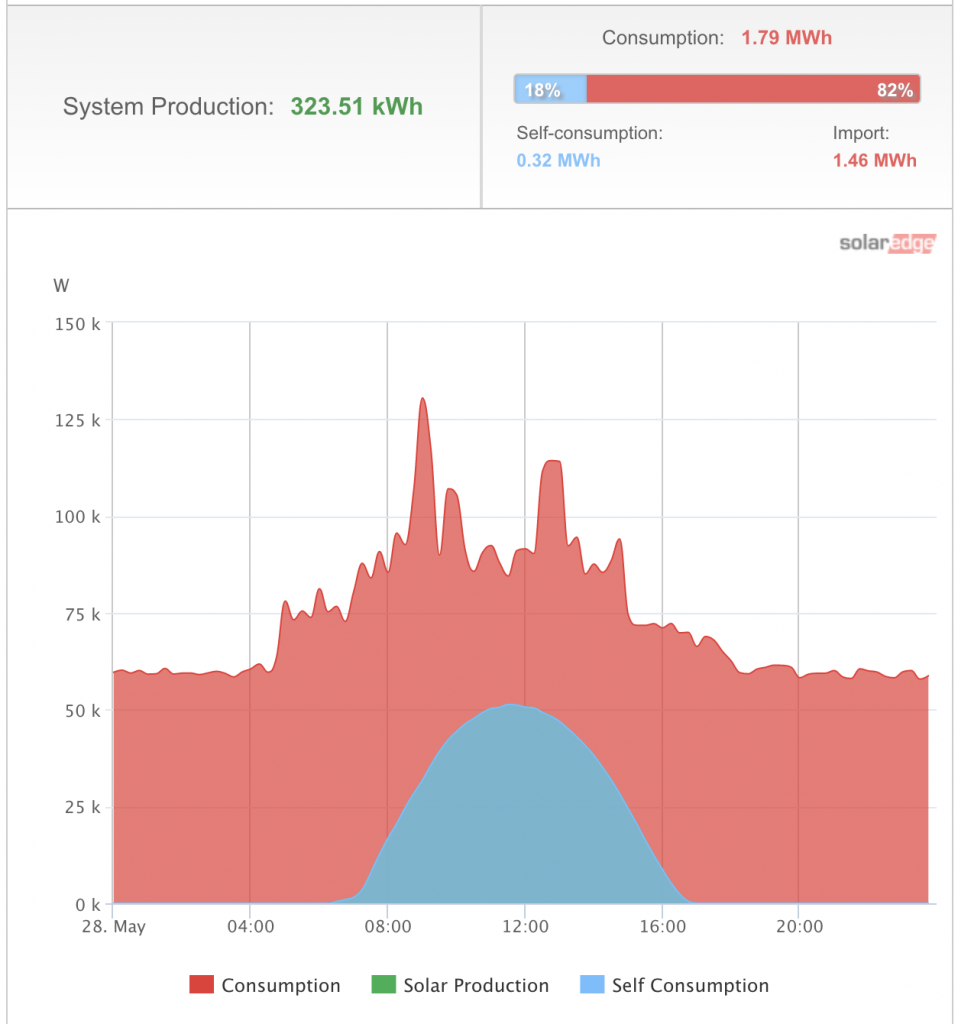
The image above shows solar production and consumption on site for one of the three arrays.
The image below shows one of the solar systems solar panel layouts. When logged in to the monitoring platform, you can zoom in and see exactly how each individual solar panels are performing.
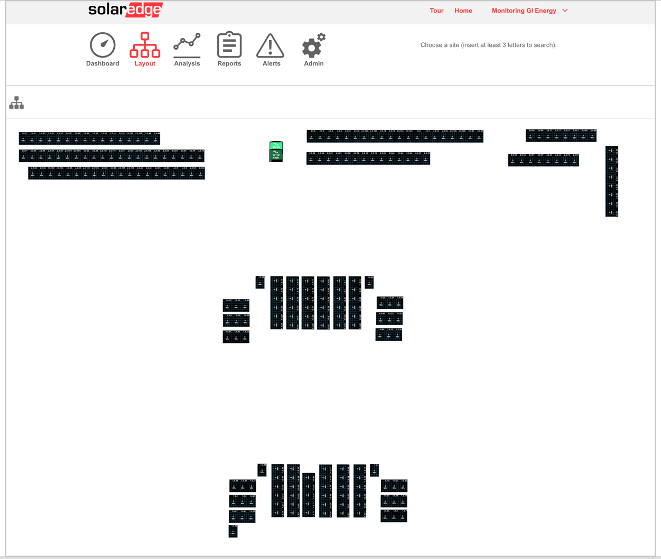
Project summary
Since the solar systems have been turned on the performance has been in line with expectations set out in our proposal documents. The college are saving a lot of money, while creating a more sustainable campus for students to learn. At this early stage it looks like the ROI will easily be hit and most likely exceeded.
If you are interested in seeing how solar energy can work for your home or business, these links may be helpful:










